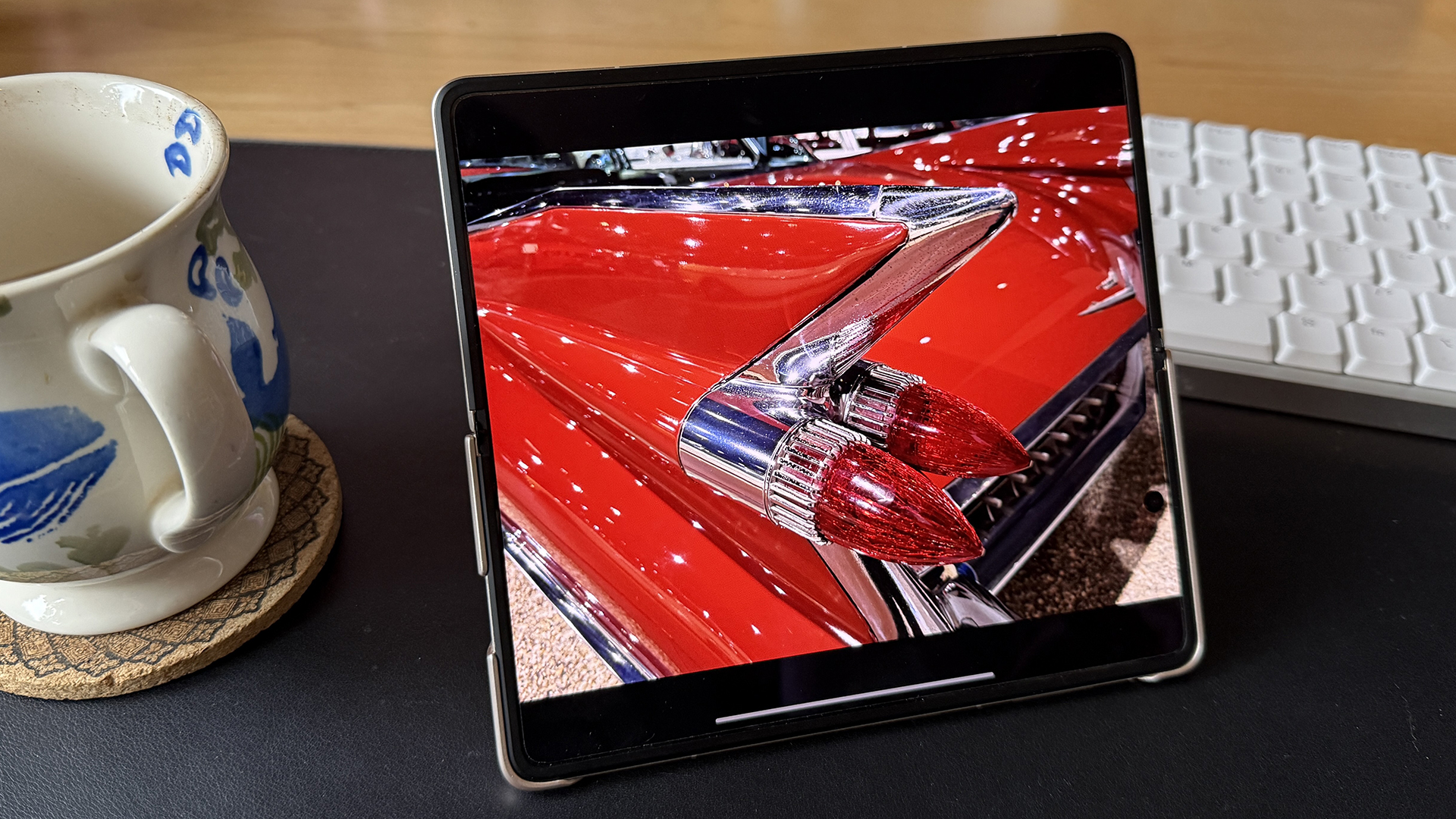The best cameras for vlogging
Whether you’re a video newbie or veteran, you need the best cameras for vlogging – here are our contenders.
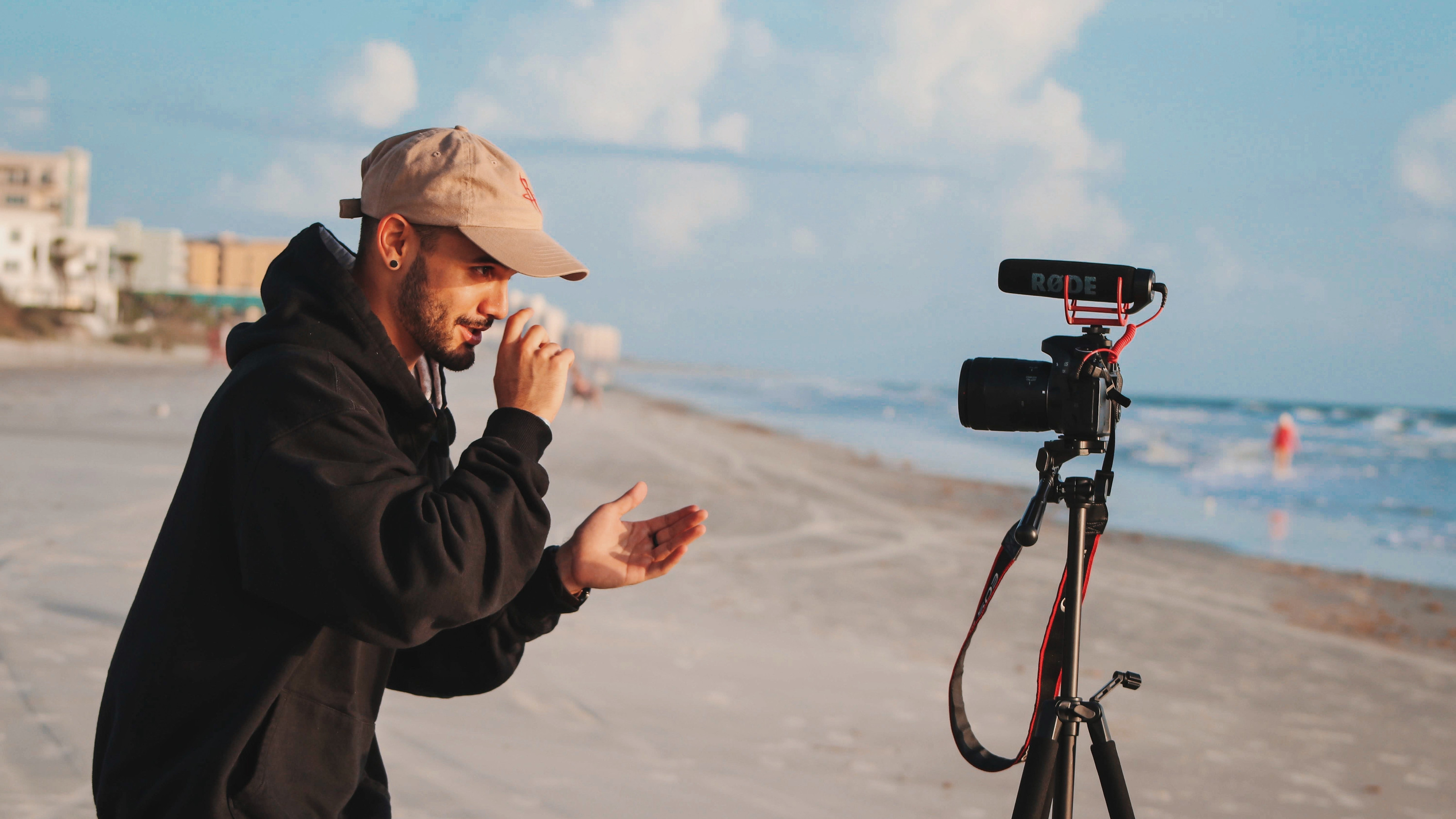
The best cameras for vlogging have never been more plentiful or affordable, meaning the barrier to start vlogging has never been lower. We've put together this list to help everyone find the right vlogging camera for them, which is why we've included everything from beginner-friendly models to some of the absolute best consumer video cameras you can buy.
The first thing to suss out is what type of camera you want to use. Mirrorless cameras and DSLRs offer the advantage of allowing you to change lenses, and generally have larger sensors for better video quality – but all this comes at a cost. Compact cameras, meaning cameras with fixed lenses, can provide a simpler all-in-one experience if you don't mind the restriction. Plus, don't count out GoPro-style action cameras, as these can be taken to places other models can't. We've included all types here.
For each camera we've included, we've also added vital specs to help you figure out what you need. Video resolution is important to consider, but may not be the deal-breaker you think it is – if you're just buying a camera for YouTube vlogging, you don't really need much more than Full HD or 4K. Practically, it's often more worth your time looking at how many focus points the camera has, how much it weighs, and how long the battery lasts, as all these things will likely have a more significant impact on your day-to-day shooting experience.
We've also included cameras at a range of different price points, meaning we should have something here for every budget. But if you want more choice, check out our guide to the best cameras, where we've picked out a range of all-purpose shooters. Our best camera for beginners guide may also be what you're looking for if you're new to the world of video. Meanwhile, if you're doing a lot of vlogging in which you speak directly to camera, you might want to make a small investment in one of the best ring lights to get a more flattering lighting for your videos.
Best cameras for vlogging available now
Why you can trust Creative Bloq
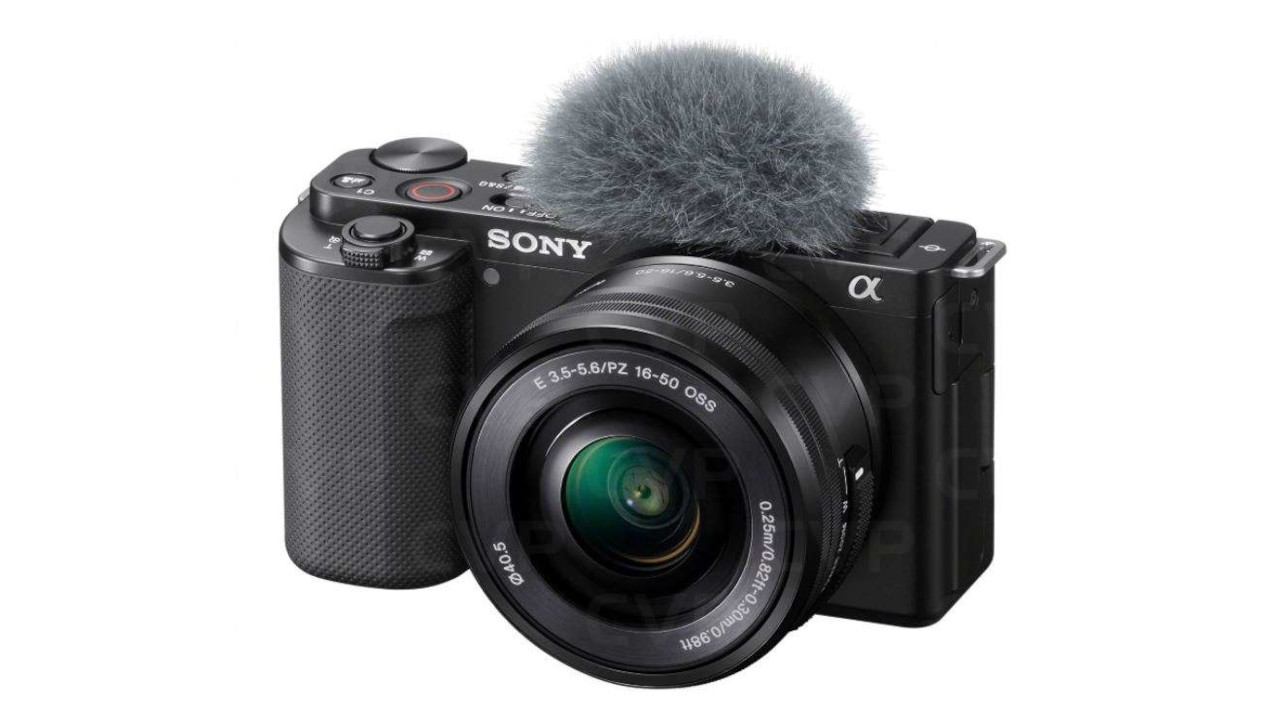
01. Sony ZV-E10
Specifications
Reasons to buy
Reasons to avoid
The Sony ZV-E10 is the second of Sony's vlogger-specific cameras (you'll find the first a little further down this list). It's an interchangeable-lens camera in the style of the popular A6000 series, but brimming with features catering specifically to vloggers. That means it's got a built-in 3-directional capsule microphone with an attachable wind-shield accessory, 3.5mm ports for microphone and headphones, a USB-C connection that allows for livestreaming, and plenty more besides. The APS-C sensor size is common in cameras at this level, providing a significant quality upgrade from a smartphone, and the E-mount range of lenses is extensive. The only real downsides to this camera are small technical things: the fact that electronic stabilisation necessitates a heavy crop, as does 4K at the highest frame rate of 30p, and the fact that navigating Sony's menu system is, as ever, a pain. But for most vloggers, this is a superb and well-priced camera that'll do everything you need and more.
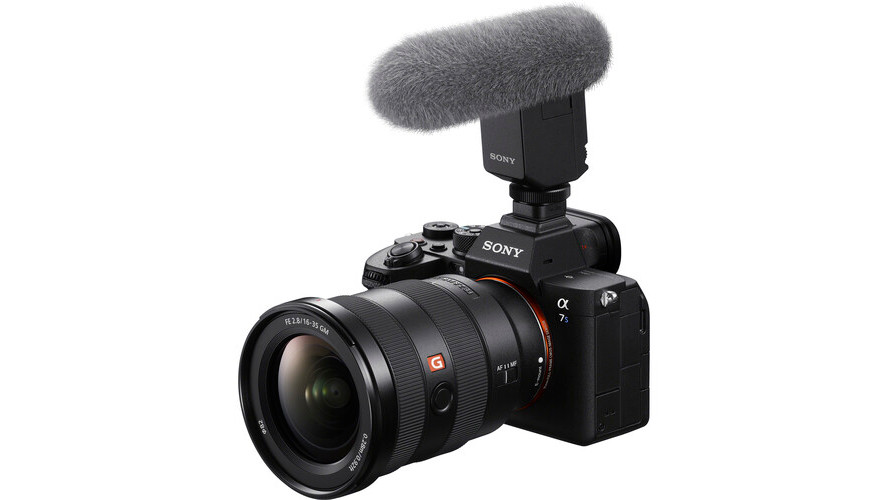
02. Sony A7S III
Specifications
Reasons to buy
Reasons to avoid
The original Sony A7S was arguably one of the few real game-changers in video over the past decade – a camera that, thanks to its maximum ISO ceiling of 409,600, could literally see in the dark. The Sony A7S III builds on its legacy and is one of the finest mirrorless cameras for video around, with not only class-leading low-light performance, but also one of the best autofocus systems on the market. This is a serious tool for professionals, and of course its price reflects that, but for your money you get some of the finest UHD 4K video around, and that is tough to argue with.
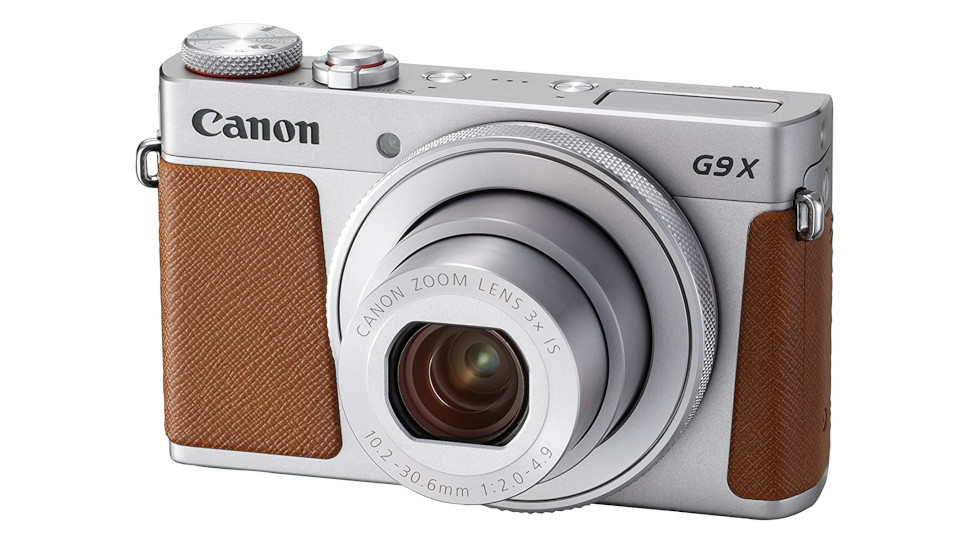
03. Canon PowerShot G9 X Mark II
Specifications
Reasons to buy
Reasons to avoid
It’s important to be careful when buying cheap cameras, as often they come with a small sensor. This tends to mean low dynamic range, poor image quality, and a fairly minimal upgrade over your smartphone. The Canon PowerShot G9 X Mark II, however, is a pleasing exception to the rule, packing in a 1-inch sensor that provides a significant, noticeable upgrade over a phone. When you add to that a 3x optical zoom lens and Full HD 60p video (no 4K, but hey), then you begin to see that you’re getting a lot of bang for your buck here. Great for budget shooters who want to see real results, though the lack of a flip-around screen can make self-filming a challenge.
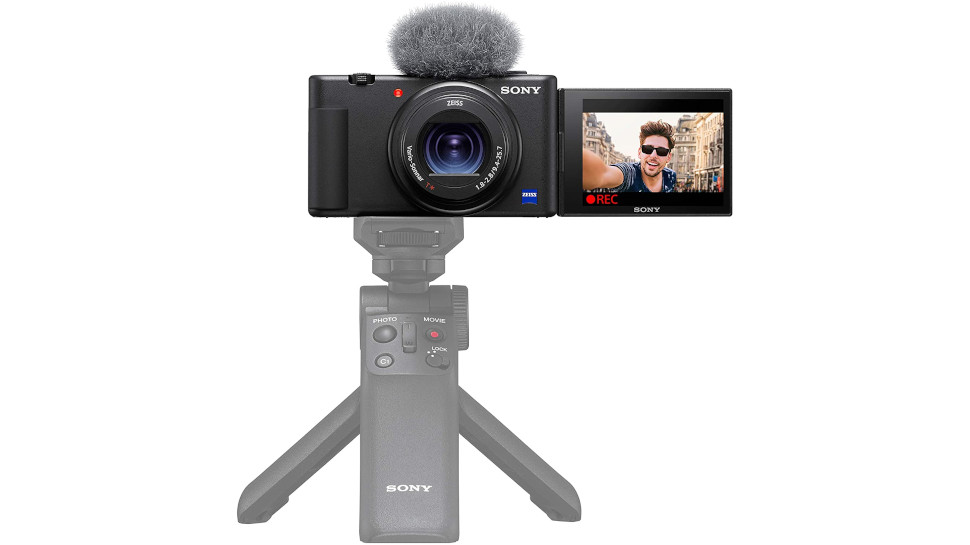
04. Sony ZV-1
Specifications
Reasons to buy
Reasons to avoid
The first of Sony's vlogger-oriented cameras, the Sony ZV-1 is a compact camera, unlike the mirrorless ZV-E10, meaning its 24-70mm equivalent F1.8-2.8 lens is the only one you get. This makes it less versatile, but more convenient, and given that it's boasting 4K 30p video and a built-in three-capsule directional microphone for capturing pristine audio in all conditions, it's got a lot going for it. As with the ZV-E10, you even get a windshield bundled in with it, further improving your audio in outdoor conditions. It’s optimised brilliantly, with vlogging at the forefront of the design rather than an optional extra, and it’s easy for new users to get to grips with while still offering sufficient depth for those who know what they’re doing.
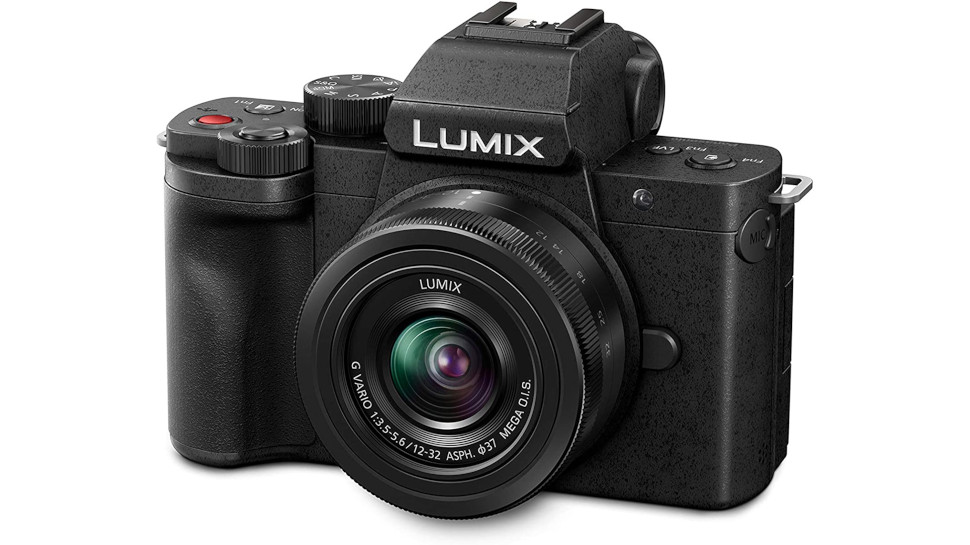
05. Panasonic Lumix G100
Specifications
Reasons to buy
Reasons to avoid
Lumix G cameras are hugely popular among vloggers, and the relatively new G100 leans right into that. While it still shoots stills, it’s pitched at the vlogging community, with exciting new features like the microphone array that uses OZO audio by Nokia, removing the need to spring for an external microphone. User-friendly and easy to get to grips with, the G100 can also be charged via USB, which is handy when out on location if that battery indicator starts blinking. Also, its Micro Four Thirds lens mount means there’s a huge range of compatible lenses, allowing for experimentation once you've got a handle on the basics.
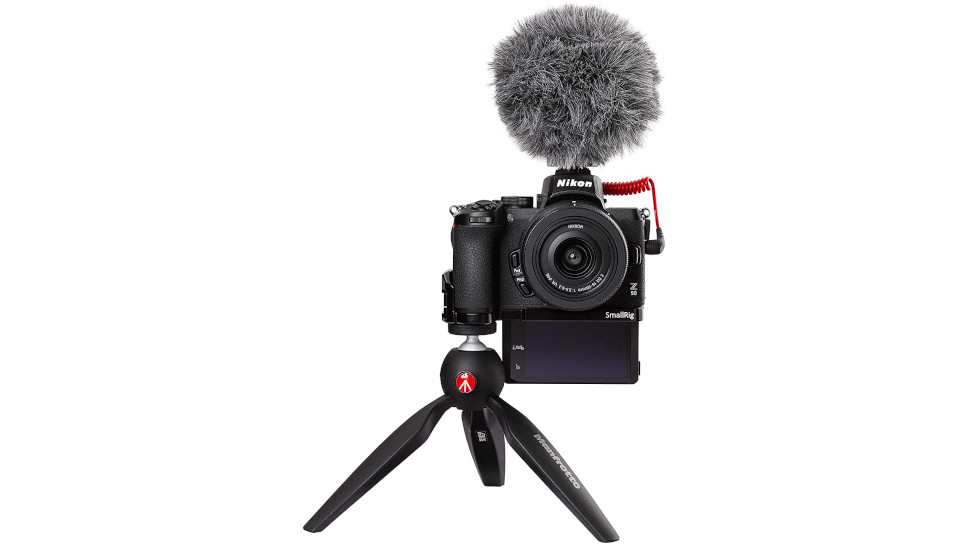
06. Nikon Z50
Specifications
Reasons to buy
Reasons to avoid
The Z series made a big splash when it first arrived, thanks to the revolutionary Z-mount that provided faster-than-ever communication between camera and lens. The Z50 is the first APS-C model in the series, providing a more affordable entry point, and we’re recommending it as part of the “vlogger’s kit” that comes with a mini-tripod and mounting plate, as well as a RØDE microphone and a 16-50mm lens; if you already have these things, you can pick up the camera body-only for about half the price. Either way, it’s a great choice, producing gorgeous 4K video.
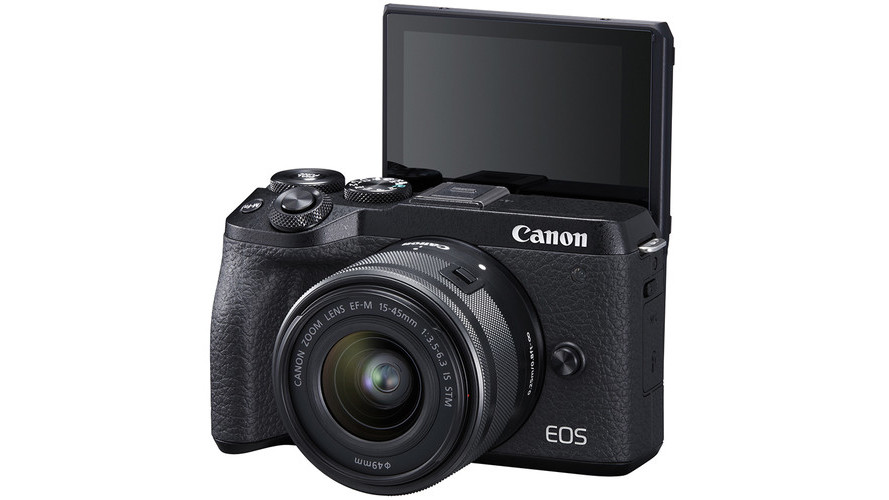
07. Canon EOS M6 Mark II
Specifications
Reasons to buy
Reasons to avoid
Canon’s M series used to be a bit of a joke among photographers, but then the EOS M6 Mark II showed that the line was well and truly alive. Equipped with a hugely impressive 32.5MP APS-C sensor and the ability to capture UHD 4K video, the EOS M6 II is a stonking all-rounder camera – it may not the best at any one thing, but it’s pretty good at everything, and thus ideal for all-purpose vlogging. Its autofocus system is hugely effective, and being able to charge via USB is hugely useful for longer shoots. The user interface is good and user-friendly as well, making the camera simple to get to grips with.
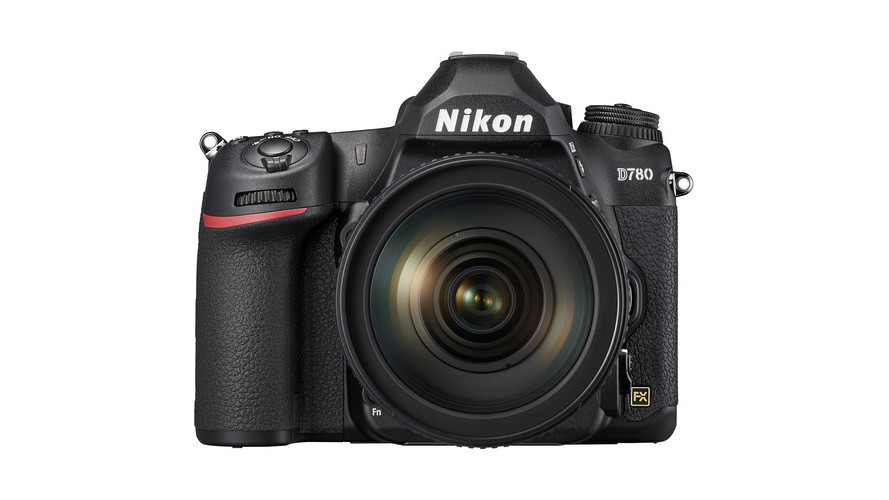
08. Nikon D780
Specifications
Reasons to buy
Reasons to avoid
Anyone who thought DSLRs were on the way out – guess again! The Nikon D780 is a triumph, blending the handling of DSLRs with the sophisticated tech of mirrorless cameras to produce a sublime machine for stills and video alike. Its uncropped video looks incredible, and it’s chunky weatherproof body is hugely satisfying to handle – if you’re heading out in rough conditions, this is a hell of a camera to have by your side. If its price is a little steep, consider the Nikon D750, which is a few years old but still a great camera in its own right.
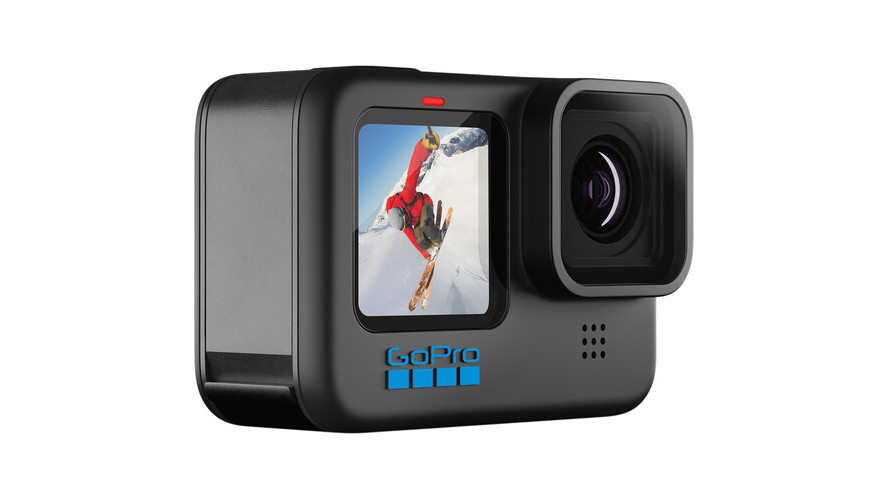
09. GoPro Hero10 Black
Specifications
Reasons to buy
Reasons to avoid
While the market these days is flooded with action cameras for adventurous vlogging, GoPro is still top of the pile. The Hero 10 Black is the firm's latest flagship, an incredibly capable waterproof shooter that absolutely dominates the competition, with the capacity to shoot at a maximum resolution of 5.3K, and capture this at a silky-smooth frame rate of 60p. Step down to 4K and you've got 120p to play with, which allows you to capture super-slow-motion video. A new processor makes the camera's performance better than ever, and GoPro has improved the app experience for better mobile integration – though we might not have minded trading a little more weight for better battery, as all the new modes take a lot of power. You'll want to pack a spare or a charger.
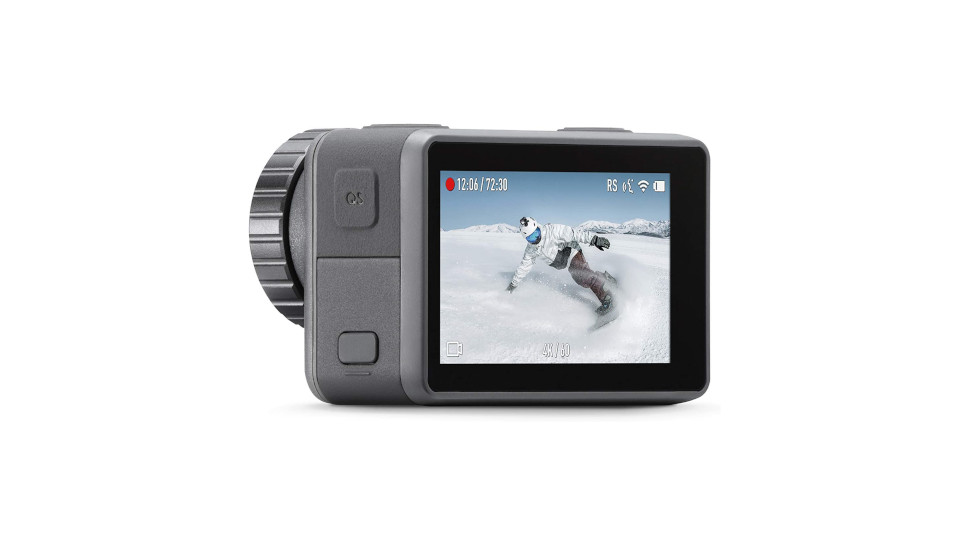
10. DJI Osmo Action
Specifications
Reasons to buy
Reasons to avoid
DJI made a splash when it unveiled its GoPro-challenging Osmo Action, and although it’s a few years old now, we reckon it’s one of the best-value action camera around right now. Its RockSteady image stabilisation shook up the world of action cameras with its silky smooth footage, making it perfect for specialised POV work like mounting to a bike’s handlebars. The front-facing screen, which GoPro subsequently borrowed, is also great for vlogging, meaning you can film yourself and be sure you’re in frame.
DJI has since released an unusual update in the form of the DJI Action 2, a tiny cube camera that can be extensively upgraded with additional mods top add a screen, a microphone, extra battery life or other functionality. We're sticking with the Osmo Action as our recommendation for vloggers, as the Action 2 has significant overheating issues that mean it's not suitable for recording anything other than very short clips.
Read more:
Daily design news, reviews, how-tos and more, as picked by the editors.

Jon is a freelance writer and journalist who covers photography, art, technology, and the intersection of all three. When he's not scouting out news on the latest gadgets, he likes to play around with film cameras that were manufactured before he was born. To that end, he never goes anywhere without his Olympus XA2, loaded with a fresh roll of Kodak (Gold 200 is the best, since you asked). Jon is a regular contributor to Creative Bloq, and has also written for in Digital Camera World, Black + White Photography Magazine, Photomonitor, Outdoor Photography, Shortlist and probably a few others he's forgetting.
